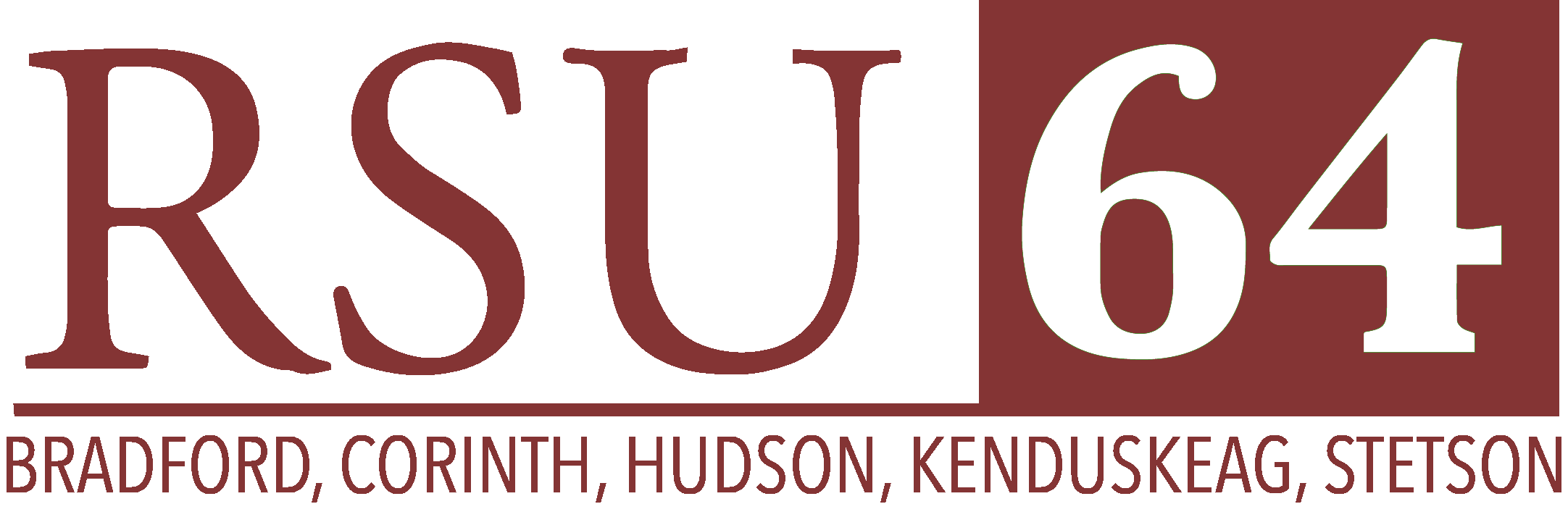Assessment Resources
Seven Strategies of Assessment for Learning
RSU 64 is committed to helping teachers become more assessment literate so they will be able to effectively match the learner with a method to showcase evidence of learning. We have studied the work of Jan Chappuis and Rick Stiggins. Their research is focused on three guiding questions:
Where am I going?
Where am I now?
How can I close the gap?
Under these three questions, they have identified high-impact assessment strategies that teachers should utilize in their classrooms. RSU 64 is engaged in professional development that digs deeper into bringing these research-based best practices into classrooms.
Where am I going?
Strategy 1: Provide a clear and understandable vision of the learning target.
Strategy 2: Use examples and models of strong and weak work.
Where am I now?
Strategy 3: Offer regular descriptive feedback.
Strategy 4: Teach students to self-assess and set goals for the next steps.
How can I close the gap?
Strategy 5: Use evidence of student learning needs to determine next steps in teaching.
Strategy 6: Design focused instruction, followed by practice with feedback.
Strategy 7: Provide students opportunities to track, reflect on, and share their learning progress.
Two Types of Assessment – Formative and Summative
Formative Assessment
Formative assessment is a process used by teachers and students during instruction that provides feedback to adjust ongoing teaching and learning to improve students’ achievement of intended instructional outcomes.
Critical Attributes of Formative Assessment:
1. Learning progressions should clearly articulate the sub-goals of the ultimate learning goal.
2. Learning goals and criteria for success should be clearly identified and communicated to students.
3. Students should be provided with evidence-based feedback that is linked to the intended instructional outcomes and criteria for success.
4. Both self- and peer- assessment are important for providing students an opportunity to think meta-cognitively about their learning.
5. A classroom culture in which teachers and students are partners in learning should be established.
Summative Assessment
Summative Assessments are used to evaluate student learning, skill acquisition, and academic achievement at the conclusion of a defined instructional period—typically at the end of a project, unit, course, semester, program, or school year.
Critical Attributes of Summative Assessment:
1. The assessment mirrors the learning goals.
2. The content of the assessment reflects the relative importance of each learning goal.
3. The format of the assessment is aligned with the cognitive level of the learning goal.
4. The range of knowledge indicated by the learning goals is the range of knowledge reflected in instruction, which, in turn, is the range of knowledge needed to appropriately respond to assessment items.
5. An assessment should not require students to have specialized knowledge, understanding, skill, or resources beyond what is targeted by the learning goals and is taught or available in class.
Examples of Assessments
Formative Assessment
56 Examples of Formative Assessment
Summative Assessment
Types of Summative Assessment, by Tomlinson and Moon
